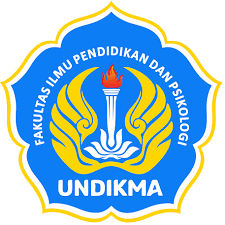Mengkaji Makna Ragam Hias Topeng Kayu Labuapi Lombok Barat
Abstract
Lombok, as one of the islands in Indonesia, is renowned for its cultural richness and the creativity of its people in developing crafts. The village of Labuapi in West Lombok, in particular, is well-known for its craftsmanship of wooden masks, renowned for their high artistic value and distinctive carved motifs. These wooden masks serve not only as performance props and decorations but also as three-dimensional artworks with profound philosophical meanings. The research problem addressed in this study is the lack of deep understanding and scholarly investigation into the meanings of decorative motifs on the wooden masks from Labuapi Village. Despite their uniqueness and high cultural value, there has been limited research uncovering the philosophical meanings behind these carved motifs and their connection to the life and customs of the local community. This study aims to explore and elucidate the meanings of these decorative motifs on wooden masks from Labuapi Village, West Lombok. It seeks to provide a deeper understanding of the cultural values embedded in these crafts and how these meanings resonate within the lives of the Labuapi community. The research employs a qualitative method with Charles Sander Peirce's semiotic approach, chosen for its capability to delve into the meanings behind the symbols found on the wooden mask motifs. The resulting data are descriptive and analyzed to uncover the philosophical meanings behind each decorative motif. The findings reveal that the decorative motifs on Labuapi wooden masks are drawn from the life and customs of the local community. For instance, the motif of the gecko on the cupak mask, which in prehistoric times was believed to possess "mana" or spiritual power that could bestow luck and safety upon humans, is highly revered and worshipped. The study suggests that further research should explore the philosophical meanings of other decorative motifs in Labuapi wooden mask craftsmanship. Moreover, efforts to preserve and develop these crafts should be enhanced to ensure that the cultural values they embody are passed down and appreciated by future generations.









